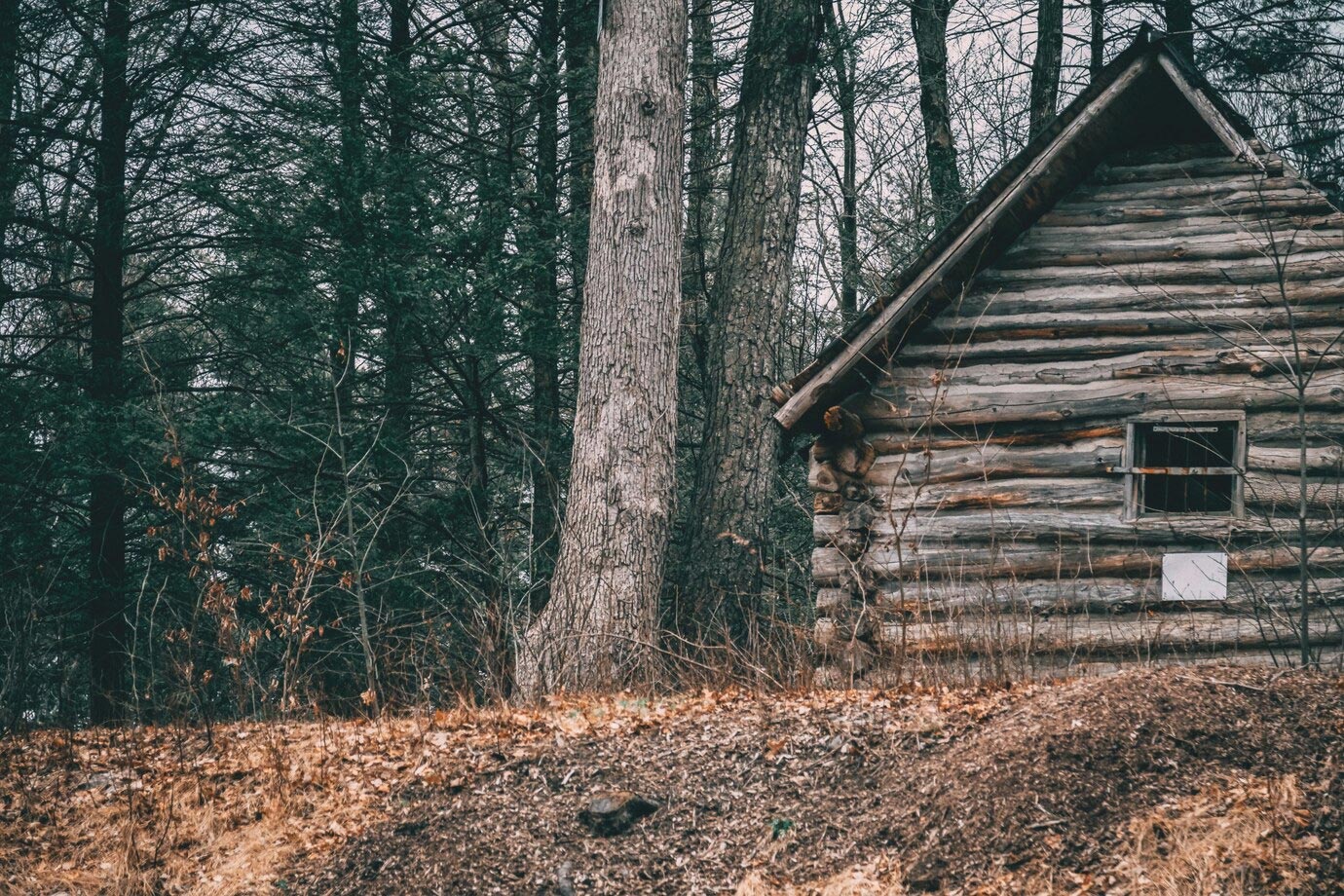When envisioning a perfect escape from the hustle and bustle of city life, many imagine a quaint log cabin nestled in a serene forest or by a tranquil lake. The log cabin has long been a symbol of simplicity and closeness to nature, often perceived as the quintessential rustic retreat. But what exactly makes a log cabin rustic? This article delves into the characteristics, design elements, and cultural significance that contribute to the rustic charm of log cabins.
The term ‘rustic’ is often associated with styles that are simple, artless, and connected with rural life. Rustic architecture emphasizes natural beauty, showcasing craftsmanship that highlights the raw and organic qualities of materials. Log cabins fit this description perfectly due to their fundamental construction and aesthetic appeal that leans heavily on the use of natural, unrefined resources.
Firstly, the very structure of log cabins speaks of rustic charm. Traditionally built from logs that are either hand-cut, milled, or hewn, these cabins feature a natural facade that integrates seamlessly with their surroundings. The logs are typically stacked horizontally and interlocked at the corners, exposing their natural texture and form. This construction method not only emphasizes the natural beauty of the wood but also ensures that the cabin blends with the landscape rather than disrupting it.
Furthermore, the interior of log cabins often reinforces this rustic vibe. Interiors are usually characterized by an open, airy layout with exposed log walls, wooden beams, and a natural color palette that complements the outdoors. Furnishings tend to be simple and functional, made from materials like wood, stone, and iron, which harmonize with the rustic theme. Fireplaces or wood stoves made of stone or clad with river rock also add to the ambiance, providing a cozy, warm space that feels both primitive and inviting.
In addition to structural and interior design elements, the location of log cabins often plays a significant role in their rustic appeal. Many log cabins are situated in remote areas, surrounded by nature. This isolation not only provides a peaceful retreat away from modern life but also enhances the rustic experience with opportunities for outdoor activities like hiking, fishing, and sitting around a campfire under the stars.
Culturally, log cabins have a deep-rooted place in history, particularly in North America where they are a symbol of the pioneering spirit. Early settlers often built log cabins as their first homes, using the abundant timber available to them. This historical context contributes to the rustic narrative, evoking a sense of simplicity, hardiness, and a connection to the past.
Moreover, the popularity of log cabins today can be seen in their use not only as vacation homes but also in luxury real estate markets where they are appreciated for their craftsmanship, uniqueness, and the tranquil lifestyle they offer. The modern log cabin can vary significantly in terms of design and amenities, incorporating contemporary elements like large glass windows, luxury interiors, and state-of-the-art facilities. However, even the most modern log cabins maintain that connection to traditional, rustic aesthetics through their core structure and materials.
In conclusion, the rustic appeal of log cabins is undeniable. Their design, construction, and cultural significance all contribute to a style that celebrates the raw, unpolished beauty of the natural world. Whether used as a humble abode or a luxurious getaway, log cabins continue to provide a timeless charm that resonates with those looking to reconnect with nature and enjoy a simpler way of life. So, when asked if a log cabin is rustic, the answer is a resounding yes. It is the epitome of rustic, blending history, nature, and architecture into a harmonious retreat that continues to captivate the imagination and soothe the soul.


Leave a Reply